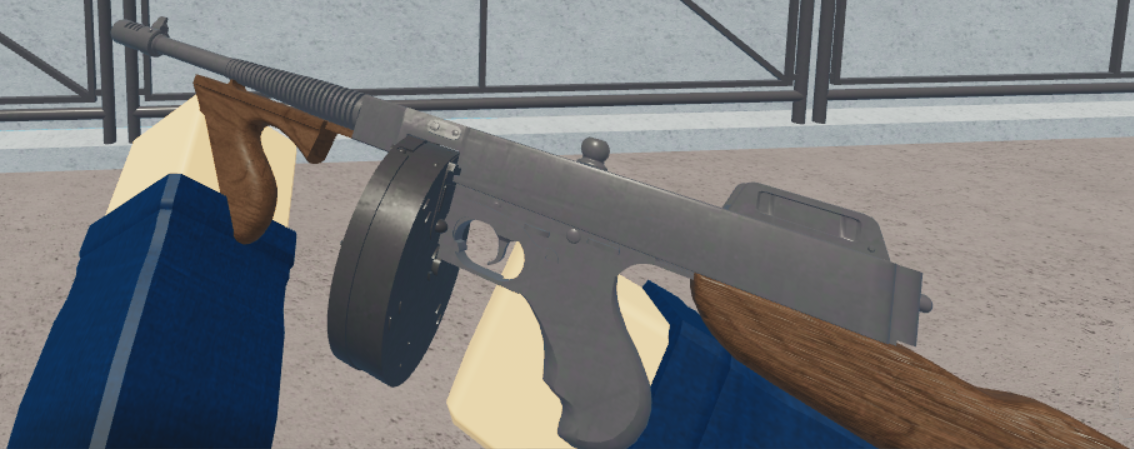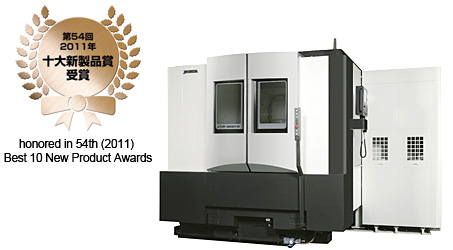

The Kalashnikov design was found to be more reliable and cheaper to manufacture than the design of Grigory Nikitin and Yuri Sokolov. The Main Missiles and Artillery Directorate and the Ministry of the Defence Industry preferred the Kalashnikov design. The Kalashnikov and the Nikitin-Sokolov prototypes underwent service tests in the Central Asian, Odessa, and Baltic Military Districts, as well as at the Vystrel officer training courses in late 1960. Their machine gun prototype was based on the well-proven gas-operated rotary-bolt design of the Kalashnikov-pattern arms. Kryakushin, as well as Startsev, Kamzolov, Koryakovtsev, Yuferev, joined the competition. However, when the Nikitin-Sokolov machine gun was almost completed, a team of Izhevsk Mechanical Plant designers, headed by M.T. Kalashnikov, and further consisting of V.V. Based on the results of the tests it was decided in 1960 to manufacture a batch of Nikitin-Sokolov machine guns for service tests and then put the machine gun into production at the Kovrov Mechanical Plant. Sokolov, successfully passed field tests. In 1958 a machine gun prototype, developed by G.I.

The Main Artillery Directorate of the Soviet Union (GRAU) adopted specification requirements for a new 7.62 mm general-purpose company and battalion-level machine gun that was to be chambered for a rifle cartridge in 1955.

Tangent iron sights (default) Optical, Night-vision, Thermal and Radar sights Non-disintegrating metal 50 round belts in 100 and 200/250 round ammunition boxes PK, PKM: 650 rounds/min PKT: 700–800 rounds/min Practical: 250 rounds/min General-purpose machine gun Squad automatic weapon Note the partially-fluted barrel and long-slotted flash hider.


 0 kommentar(er)
0 kommentar(er)
